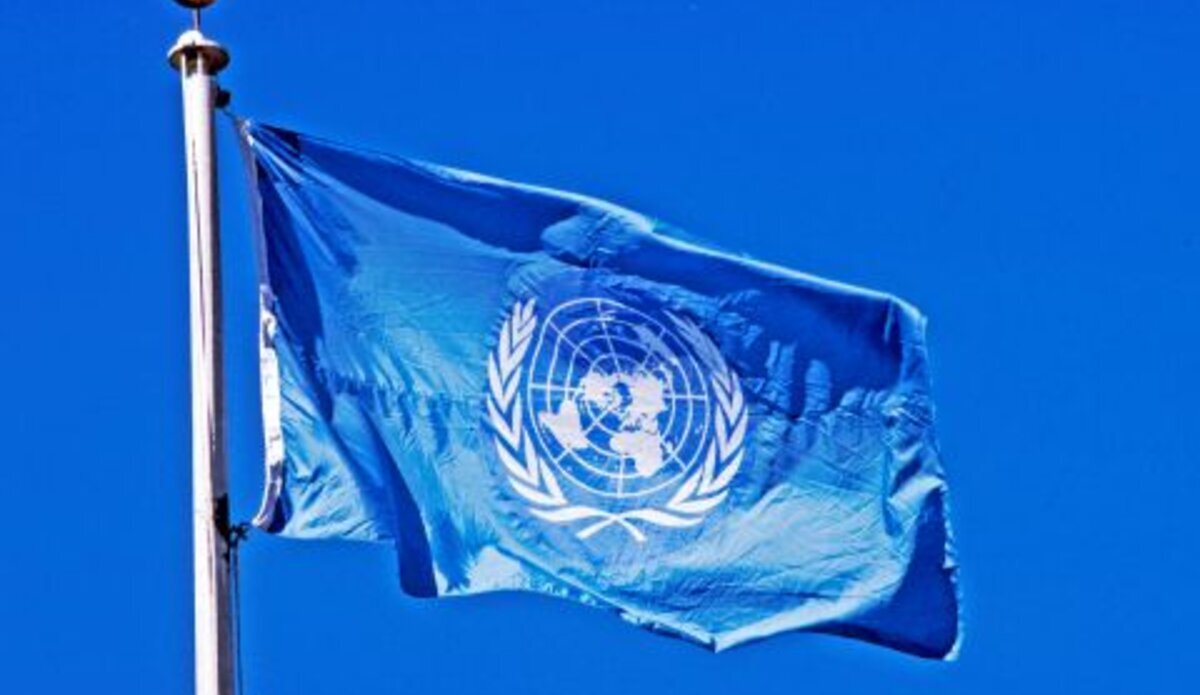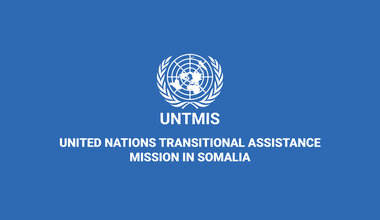UN Assesses Food Security and Humanitarian Situation in Somalia
Mogadishu – The United Nations released a post-harvest assessment of the food security and humanitarian situation in Somalia today.
The Food Security and Nutrition Analysis Unit for Somalia, managed by the Food and Agriculture Organization (FAO), and USAID’s Famine Early Warning Systems Network, carried out the joint assessment.
The post-harvest assessment reveals that currently, roughly 731,000 people in Somalia face acute food insecurity.
A further 2.3 million people risk sliding into acute food insecurity in 2015.
Internally displaced people living in urban areas such as Mogadishu are the most vulnerable.
Addressing journalists at the United Nations in Mogadishu, Philippe Lazzarini, the Humanitarian Coordinator for Somalia, said there had been some improvement due to good seasonal rains in October and December 2014.
Humanitarian partners have also adapted assistance to reach the most vulnerable groups in Somalia.
Lazzarini said: “As we have heard, the most significant improvements have been in the north of the country whereas the south and central regions are where the crisis is concentrated.
However, despite some improvement, prospects for 2015 remain worrisome.”
Luca Alinovi, head of the Food and Agricultural Organisation in Somalia, said it was important to support local communities implement resilience mechanisms that would build their capacity to ensure sustainable food security.
“In exacting times like this when the situation is slightly better because the season has helped us and the current conditions are helping us, it’s time to maximize on investment, in order to help the people stay where they are because if people move out, become displaced or refugees, going back becomes extremely complicated,” added Alinovi.
According to Lazzarini, this year’s Humanitarian Response Plan for Somalia will need US $ 863 million to offer life-saving assistance, to enhance humanitarian protection services and, to strengthen the resilience of vulnerable communities.
The Humanitarian Coordinator noted that since July 2014, the delivery of commercial goods had improved adding that delivering relief in south-central Somalia was now in the hands of the Somali National Army and AMISOM.
Subsequently, that had improved the lives of war-affected residents in Bay, Bakool, Gedo, Hiraan and Shabelle regions. However, food prices in those areas remained relatively high, he added.
Lazzarini concluded by warning that:“food prices have remained above average over the past five years; yet, there will be no sustainable improvement if the issue of securing supply routes is not addressed in a durable manner.”
 UN
UN





